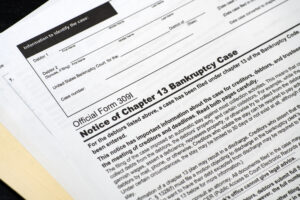In order to qualify for Chapter 7 bankruptcy, your income must be below a certain amount. That amount will depend on the state median income for the state you live in as well as the number of people in your home that need to be included in your household size.
Part of my consultation with potential clients involves determining whether or not their income is within the Chapter 7 limits. However, you can use this online calculator to find out quickly whether or not you are within the state median income for your household size. If you are over that amount, you may still qualify, but you’ll have to do some additional math. While this is a handy calculator, some of the deductions it allows you to take will depend upon which state you are filing in. Also, the amounts that can be deducted change from time to time and you should verify that any calculator you find online is using the most recent numbers. You should talk to a Colorado bankruptcy attorney to see if you qualify for any deductions if you are over the median state income level for your state.
Before you get started, you’ll need to gather your paystubs for the previous six months. Your income for this purpose is based on the six months prior to the month you file in. For example, if you file April 15th, you have to use your income from October 1st to March 31st. If your October to March income was too high to file in April, you could consider filing in May and using your November to April income.
What happens if you are over the income levels for filing Chapter 7? If you are recently unemployed, you could delay your filing so that some of your income is not included in the six month period. You could also file a Chapter 13 bankruptcy case.


